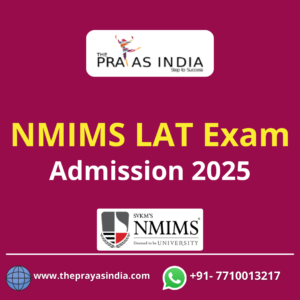Major Employment Generation Scheme: PM Kaushal Vikas Yojana
UPSC CSE Prelims GS Paper 1 and Mains GS Paper 3 (Economics – Employment & Growth)
Introduction
Employment generation remains a key priority for India’s economic development, especially to absorb the growing youth population entering the workforce. To address this challenge, the Government of India launched the Pradhan Mantri Kaushal Vikas Yojana (PMKVY), one of the largest skill development and employment schemes aimed at creating a skilled workforce aligned with industry needs.
Overview of PMKVY
Launched in 2015 and currently in its third phase, PM Kaushal Vikas Yojana focuses on imparting industry-relevant skill training to youth aged 15 to 35 years across various sectors. The objectives include:
- Enhancing employability through recognized certification,
- Supporting self-employment and wage employment opportunities,
- Encouraging apprenticeships and on-the-job training,
- Aligning skills with the evolving needs of the economy and emerging sectors.
Under PMKVY, training providers are empaneled to deliver standardized courses, and successful trainees receive financial rewards and certification from the National Skill Development Corporation (NSDC).
Economic Significance
PMKVY directly contributes to employment generation by:
- Equipping millions of youth with marketable skills,
- Reducing the skill gap faced by industry sectors,
- Facilitating economic inclusion of marginalized groups including women and rural youth,
- Supporting the Make in India and Digital India missions through skilled manpower.
The scheme promotes entrepreneurship and uplifts the socio-economic status of beneficiaries, making it a cornerstone program to combat unemployment and underemployment.
Impact and Future Prospects
According to recent data, PMKVY has trained and certified over 2 crore youth, with a significant share securing formal employment or starting businesses. The third phase emphasizes integrating new-age skills such as coding, renewable energy, and advanced manufacturing techniques.
Going forward, the scheme aims to expand its reach to tier-2 and tier-3 towns, incorporate localized skill requirements, and strengthen collaboration with industry for job placements.
Conclusion
The Pradhan Mantri Kaushal Vikas Yojana exemplifies a proactive approach by the Indian government to bridge the employment gap with skill development. It remains a vital program in India’s endeavor to create a future-ready workforce and stimulate inclusive economic growth.








